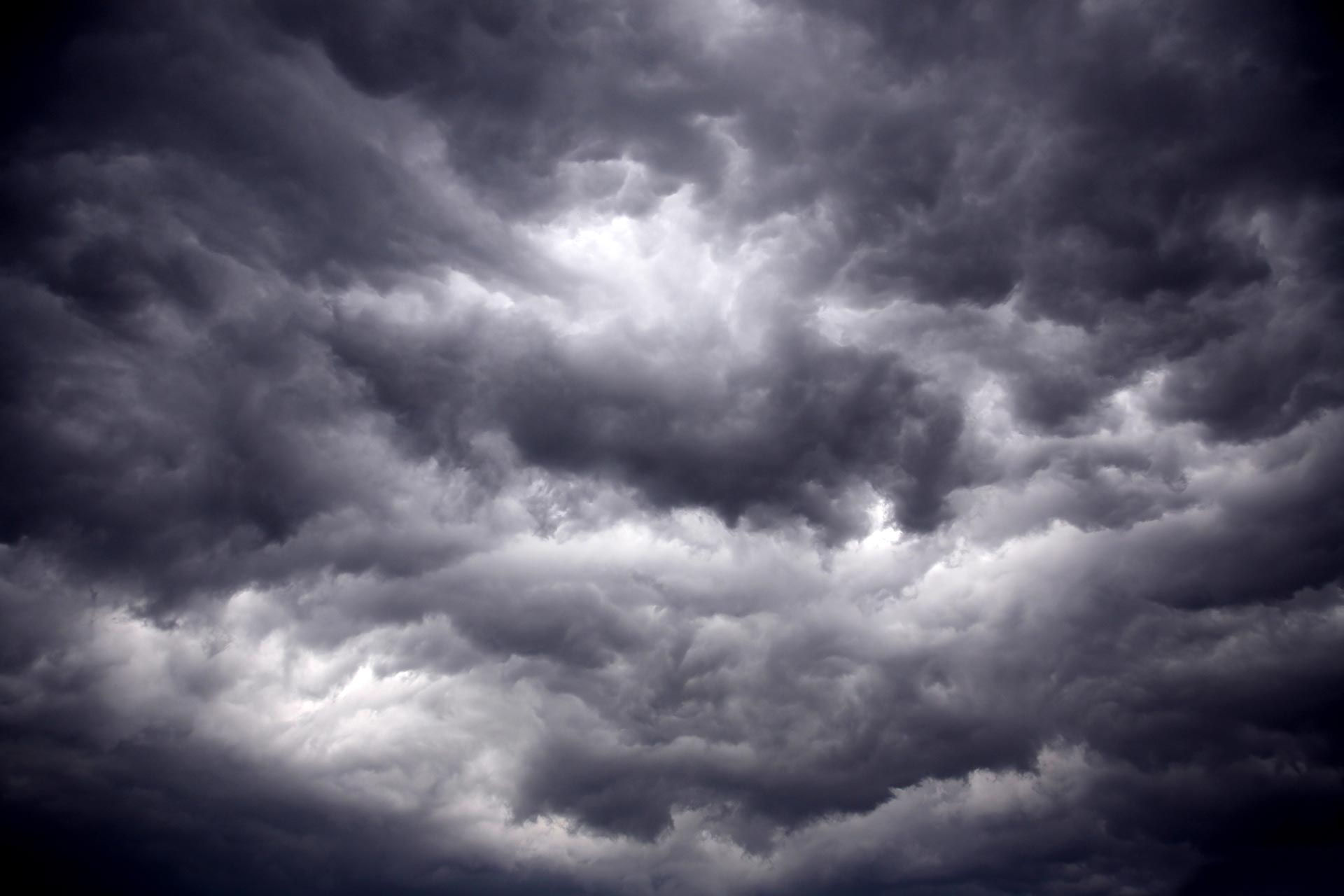2017 Tornado Forecast

Tulsa, OK
Magnolia trees have blossomed. The redbuds are following right behind. After a rather lack-luster winter it appears spring is in the air and off to an early start. With that it is time to start thinking about severe weather.
Tornado season in Oklahoma typically runs from March through June. Some years, tornado activity is delayed until mid-late spring when cold fronts continuously sweep south into the Gulf of Mexico. This restricts the warm, humid air which is the fuel for storms from surging north into Tornado Alley. Other years we see a lack of deep Arctic intrusions into the Gulf which allows a deep reservoir of moisture to build. Once a favorable jet stream pattern develops, the air is drawn north into Tornado Alley and severe weather outbreaks ensue.
We are currently seeing such a pattern continue to evolve early into 2017. 2016 saw below average tornado activity with less than 1000 tornadoes reported and only 17 fatalities. Compare that to the already 20 fatalities in 2017 and it’s easy to see we are off to a deadly start. The bulk of tornado activity so far this year has been along the Gulf Coast. During March the pattern begins to change and tornado activity typically shifts northwest into the southern Great Plains including Oklahoma, Texas, and Kansas. With the Gulf of Mexico basin loaded and an active Pacific jet stream in place, it appears this March could once again be active for Oklahoma and adjacent states.
Computer model data has been flipping back and forth between developing a favorable spring severe weather pattern vs. a pattern which would bring cold air from the north and place much of the northeast U.S. in a more winter-like pattern. While this does cast some doubt into how the overall pattern will evolve, a warm Gulf of Mexico along with an active southern branch jet stream suggest tornado activity will trend near to above average. In fact some of the data suggests 2017 will be quite an active year for tornado activity. We have seen in past years when we have a warm February during a neutral ENSO phase (no El Nino or La Nina) that the spring months tend to be quite active for severe weather including tornado outbreaks.
Tulsa has experienced a rather active stretch of severe weather over the past few years with multiple tornadoes, most notably in 2013, 2015, and 2016. The past two years we have seen eF2 tornadoes in the final week of March. The first struck Sand Springs on March 25, 2015. Last year on March 30th we saw two eF2 tornadoes track from north Tulsa to east of Claremore. Could the Tulsa metro see tornado activity for a third straight year? Only time will tell, however the current pattern suggests it’s a possibility.
As we continue to head into spring, now is the time to develop a severe weather plan with your family. Such a plan should include a designated place to seek shelter, an emergency supply kit, a designated meeting place after a disaster, etc. Another suggestion is purchasing a NOAA weather radio with battery backup. This is the most dependable way to receive severe weather warnings, especially during the overnight hours. Most radio models today have the ability to select which warnings you want to be alerted for, so you are only awakened when a tornado warning is issued. For the ultimate protection, an eF5 certified storm shelter by TornadoPlace makes the perfect addition to your home. Don’t take a change with your family’s safety when the weather turns violent. Get your TornadoPlace storm shelter today.










